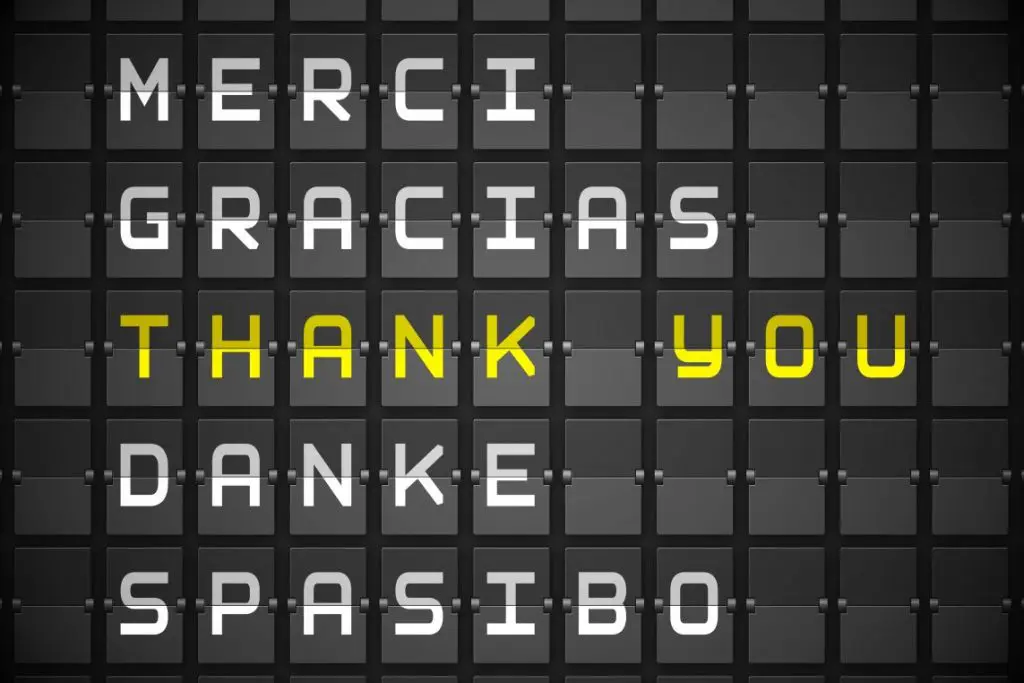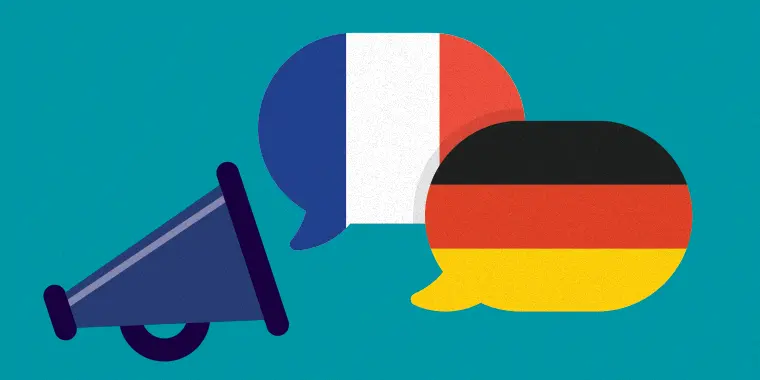German and Arabic: Features of Translation
A common question for those who translate between German and Arabic is what the most important features of translation for these languages are. Given their vastly different origins and alphabets, it is fair to say that these two languages are not particularly similar, and this can present certain challenges in translation. Therefore, we thought it would be worthwhile to take a look at three of the most important issues for any translation from German to Arabic, or vice versa.
-
Dialects
Both of these languages have regional dialects, which differ greatly from one another. The German used in Austria for instance, sees several changes from the German used in Germany itself, so it is important to establish which form of German is being used in any text, as seemingly similar phrases may have completely different meanings. Arabic has many different dialects and even regional variations upon them but two of the most common dialects are Egyptian Arabic and the gulf dialect. Egyptian Arabic is perhaps the dialect, which is most easily understood by all Arabic speakers, so the dialect used must also be established in Arabic, to ensure the utmost accuracy in translation.
-
Punctuation
Compared to many other European languages German uses a lot of punctuation, most notably commas. Although, most common languages in Europe favour commas to split up separate clauses, German is much more rigid about this. The use of commas in Arabic is probably closer to that in European languages other than German, but there are some key differences. Commas face in the other direction (and Arabic is always written from right to left unlike German and other European languages). These factors must be considered during translation of any text, as any confusion over this is likely to distort the meaning of a passage.
-
Symbols
The dominant symbol in the German language is the 2 dots, or umlaut, used on a, o, and u. This affects the meaning of the word including it. Arabic has many letters, which can be written in several different ways, so some consonants can end up with the same shape, meaning that they must be differentiated via a system of dots placed over the letters. Once again, this needs close attention in translation to preserve the original meaning.
Now that you know about the features of translation between German and Arabic, why not read our other articles on the keys to translation of other language pairs.

